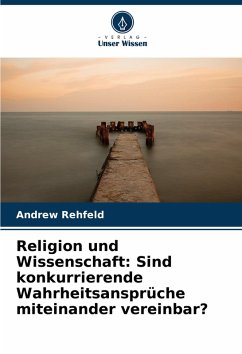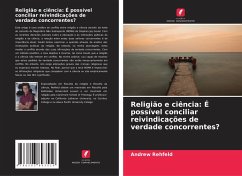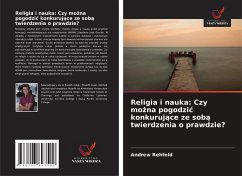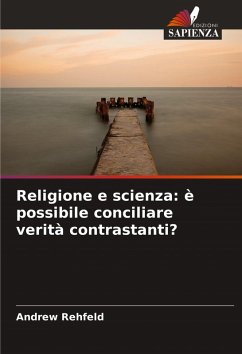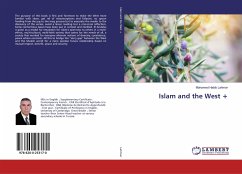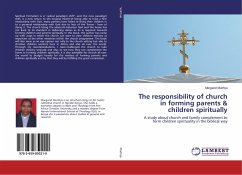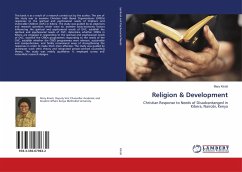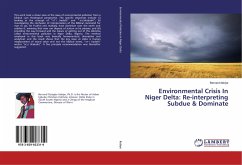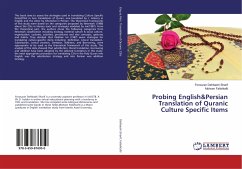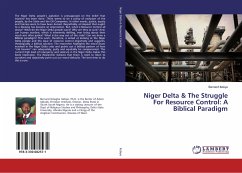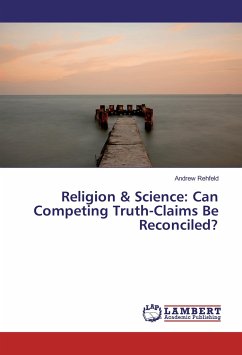
Religion & Science: Can Competing Truth-Claims Be Reconciled?
Versandkostenfrei!
Versandfertig in 6-10 Tagen
33,99 €
inkl. MwSt.

PAYBACK Punkte
17 °P sammeln!
This paper is an analysis of the conflict between religion and science through the lens of Stephen Jay Gould's concept of Non-Overlapping Magisteria (NOMA). With recent court rulings on the education and public interactions of religion and science, the relationship between these two competing spheres is of current importance. Gould tried to examine the issue by way of analyzing the practical institutions of religion. However, in my approach, I attempt to mediate the conflict by way of their competing truth-claims. With an analytical method, my goal is to show, like Gould, that religion and sci...
This paper is an analysis of the conflict between religion and science through the lens of Stephen Jay Gould's concept of Non-Overlapping Magisteria (NOMA). With recent court rulings on the education and public interactions of religion and science, the relationship between these two competing spheres is of current importance. Gould tried to examine the issue by way of analyzing the practical institutions of religion. However, in my approach, I attempt to mediate the conflict by way of their competing truth-claims. With an analytical method, my goal is to show, like Gould, that religion and science do not conflict. In my analysis, I am able to show that these competing truth-claims are not necessarily in conflict. However, this requires severe alterations of the religious beliefs that I had hoped to keep intact. In the end, it seems that the NOMA thesis is impossible: religious statements that compete with science are either empirically false or meaningless.



